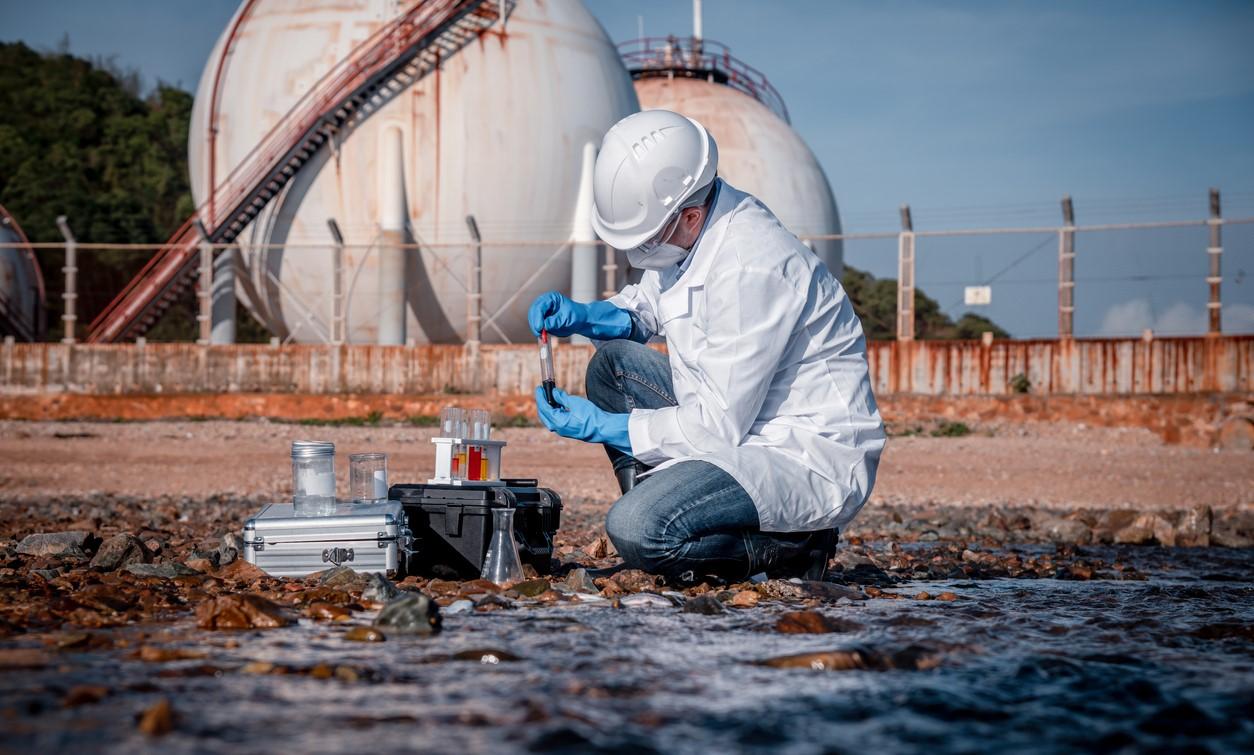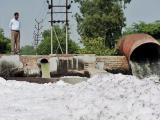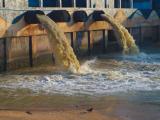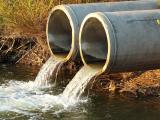A new report from the United Nations Environment Programme (UNEP) is calling for stronger measures to reduce the spread of antimicrobial resistance (AMR) in the environment.
The report, released this week ahead of the sixth meeting of the Global Leaders Group on AMR, calls for a multisectoral response to curtail the release of antibiotics, microorganisms, resistant pathogens, and other pollutants into the environment by pharmaceutical manufacturers, farms, hospitals, and urban sewer systems. Although the environmental dimensions of AMR are complex, the authors of the report say this type of pollution is exacerbating the problem, with potentially devastating impacts on human and animal health, food security, and economic development.
"The same drivers that cause environment degradation are worsening the antimicrobial resistance problem," said Inger Andersen, executive director of UNEP, said in a press release. "The impacts of antimicrobial resistance could destroy our health and food systems."
Various sources of pollution
While overuse and misuse of antibiotics in humans and animals is the primary factor in the rise and spread AMR, the report lays out how environmental pollution contributes to the development and transmission of resistant pathogens, which are estimated to have caused 1.27 million global deaths in 2019.
The sources of the pollution are plentiful. They include antibiotic manufacturing plants that release effluent laced with antibiotic residues and other chemicals into nearby streams; hospital wastewater, which contains excreted, unmetabolized antibiotics and resistant microorganisms; farm runoff that contains herbicides, bacteria, and manure from animals that are routinely given antibiotics; overwhelmed urban sewer systems that emit raw sewage harboring antibiotics and mobile AMR genes; and wastewater treatment plants that can't filter out all the pollutants.
Waterways are the primary recipients of this pollution, and they provide an environment where even trace amounts of antibiotic residues can mix with AMR genes, microorganisms, nutrients, and other chemicals and create selection pressure for resistant pathogens to multiply. Heavy metals in waste streams can accelerate this process.
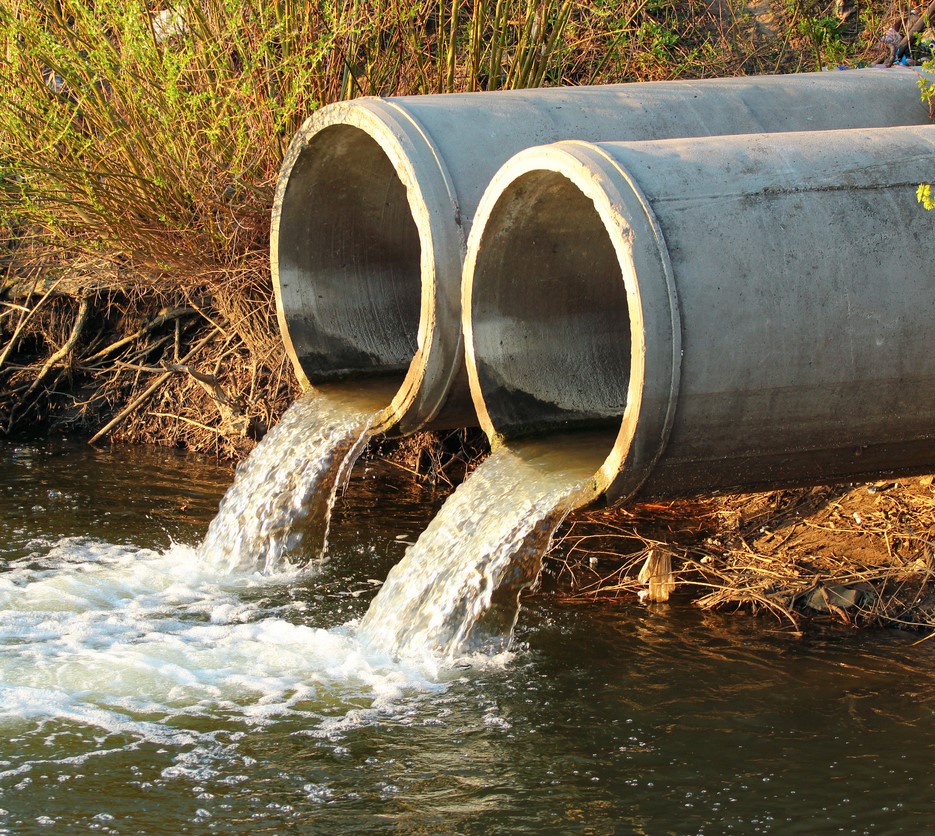 Once in the water, AMR genes and resistant pathogens can be transmitted to humans through exposure to insufficiently treated water.
Once in the water, AMR genes and resistant pathogens can be transmitted to humans through exposure to insufficiently treated water.
"Polluted waterways, particularly those that have been polluted for some time, are likely to harbour microorganisms that increase AMR development and distribution in the environment," the report states. "With increasing pollution and lack of management of sources of pollution, combined with AMR in clinical and hospital settings and agriculture, risks are increasing."
This same process can also occur in sediment and soil, as well as in the air, which can carry AMR genes and resistant bacteria in aerosols from windborne dust from farms and water vapor from wastewater treatment plants and landfills. Birds and other wild animals can spread this pollution further. The report notes that studies have found resistant pathogens in gulls and storks feeding at landfills, waterfowl that feed downstream of wastewater treatment plants, and migrating birds.
The environment has received limited attention in tackling AMR, but evidence shows that the environment plays a key role in the development, transmission and spread of AMR
International travel also plays a role, with travelers acquiring resistant bacteria and AMR genes from the environment and bringing it back to their home countries. Movement of refugees across borders can likewise introduce environmental pathogens from one region to another.
The report also notes that climate change, urbanization, and the rising demand for food and healthcare will likely worsen the problem by increasing global use of antibiotics and promoting more AMR pollution in the environment. Some estimates suggests that, if left unchecked, AMR could cause up to 10 million deaths annually, and push 24 million more people into extreme poverty.
Limiting the role of the environment in AMR spread
While the report acknowledges that the understanding of these complex interconnections and how they contribute to AMR globally is incomplete, the authors say there is enough evidence to start implementing measures that address key pollution sources. These measures, they say, should address the three economic sectors—agriculture and food, healthcare delivery, and pharmaceutical—that are the key sources of AMR in the environment.
"Together with pollutants from poor sanitation, sewage and waste effluent in municipal systems, the inputs and outputs from these three key economic-sector value chains profoundly influence the development and spread of AMR, and consequently the overall long-term value of antimicrobials for promoting human, animal, crop and environmental health," the report states.
Among UNEP's recommendations is for countries to incorporate environmental considerations into National Action Plans on AMR, which all UN member states have been asked to develop. A recent survey found that more than a third of countries do not include the environment in those plans. The report authors also suggest that governments should increase the integration of AMR into environment-related plans, such as chemical pollution and waste management plans.
In addition, the report calls for countries to implement environmental surveillance to better identify the various sources of antibiotic pollution and AMR in the environment and to create robust legal and regulatory frameworks to regulate those sources. And it urges global bodies to establish international standards for what are good microbiologic indicators of AMR in the environment, which would enable countries to develop risk-reduction strategies.
"The environment has received limited attention in tackling AMR, but evidence shows that the environment plays a key role in the development, transmission and spread of AMR," the report states. "Now, while its contribution and significance are determined, further and more coordinated action, with a focus on prevention, needs to be taken to limit the role of the environment in mediating, driving and causing AMR."
